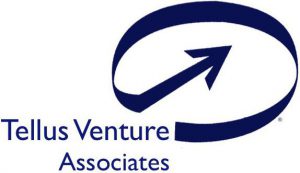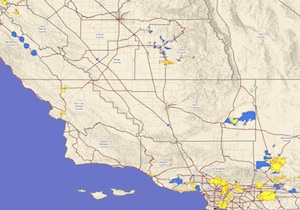Six Californias, six challenges drawn by broadband adoption map
Overall, California’s broadband adoption rate isn’t bad, compared to much of the U.S. or other countries. That’s one of the many pieces of good news in a study released last week in conjunction with the announcement of a federal pilot program aimed at increasing broadband access in public housing. The map above shows the pattern, with dark green coastal areas doing best and the red south poorly.
One thing that struck me about the map, though, was that it also does a fair, if rough, job of outlining the six proto-states proposed last year by Silicon Valley entrepreneur Tim Draper in his failed quest to break up California.… More



![ProhibitOnions at the English language Wikipedia [GFDL (www.gnu.org/copyleft/fdl.html) or CC-BY-SA-3.0 (https://creativecommons.org/licenses/by-sa/3.0/)], via Wikimedia Commons](https://www.tellusventure.com/images/2015/7/startac.jpg)


![By Jason Baker from Surrey, BC, Canada (Bank Vaults under Hotels in Toronto, Ontario) [CC BY 2.0 (https://creativecommons.org/licenses/by/2.0)], via Wikimedia Commons](https://www.tellusventure.com/images/2015/7/bank_vault.jpg)

![By Miguel Vieira [CC BY 2.0 (https://creativecommons.org/licenses/by/2.0)], via Wikimedia Commons](https://www.tellusventure.com/images/2015/7/auburn_courthouse.jpg)

![By Tokyo_night_view_1.jpg: https://www.flickr.com/people/imuttoo/ derivative work: Bobek [Public domain], via Wikimedia Commons](https://www.tellusventure.com/blog/images/2014/9/godzilla_625.jpg)